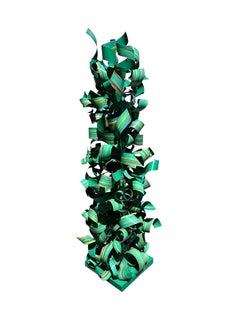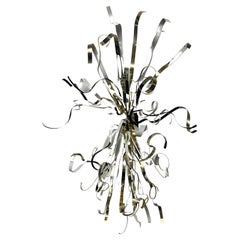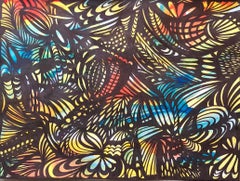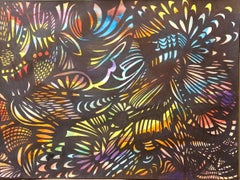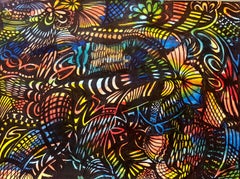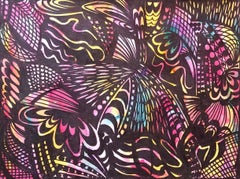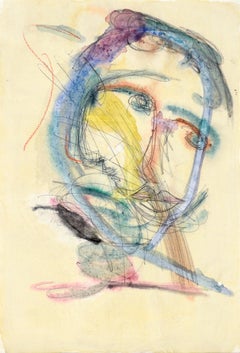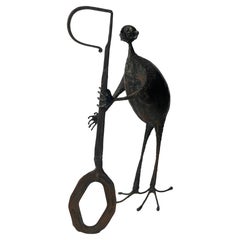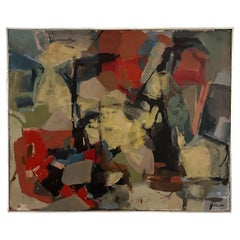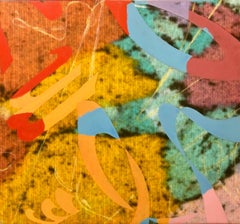Dorothy Gillespie Art
Early 2000s Abstract Expressionist Dorothy Gillespie Art
Metal, Enamel
1980s American Folk Art Vintage Dorothy Gillespie Art
Metal
Early 2000s Abstract Expressionist Dorothy Gillespie Art
Paper, Ink, Watercolor, Permanent Marker
Early 2000s Abstract Expressionist Dorothy Gillespie Art
Paper, Ink, Watercolor, Permanent Marker
Early 2000s Abstract Expressionist Dorothy Gillespie Art
Paper, Ink, Watercolor, Permanent Marker
Early 2000s Abstract Expressionist Dorothy Gillespie Art
Paper, Ink, Watercolor, Permanent Marker
Early 2000s Abstract Expressionist Dorothy Gillespie Art
Paper, Ink, Watercolor, Permanent Marker
21st Century and Contemporary Abstract Expressionist Dorothy Gillespie Art
Paper, Gouache, Ink, Watercolor
Mid-20th Century French Modern Dorothy Gillespie Art
Metal
Mid-20th Century French Modern Dorothy Gillespie Art
Metal
2010s American Organic Modern Dorothy Gillespie Art
Ceramic, Stoneware, Linen
2010s American Organic Modern Dorothy Gillespie Art
Ceramic, Stoneware, Linen
1980s Abstract Expressionist Dorothy Gillespie Art
Permanent Marker
2010s American Organic Modern Dorothy Gillespie Art
Ceramic, Stoneware
2010s Abstract Expressionist Dorothy Gillespie Art
Paint, Paper, Acrylic, Tempera, Watercolor, Graphite, Conté, Oil Pastel,...
2010s Abstract Dorothy Gillespie Art
Acrylic, Panel, Found Objects, Mixed Media
2010s Tribal Dorothy Gillespie Art
Ceramic, Silk, Hemp, Raffia
1970s Hong Kong Brutalist Vintage Dorothy Gillespie Art
Metal
21st Century and Contemporary Abstract Expressionist Dorothy Gillespie Art
Glass, Plastic, Paper, Oil, Canvas
1960s American Mid-Century Modern Vintage Dorothy Gillespie Art
Canvas, Paint
Early 2000s Abstract Expressionist Dorothy Gillespie Art
Mixed Media
1980s Abstract Expressionist Dorothy Gillespie Art
Screen
20th Century American Modern Dorothy Gillespie Art
Early 2000s Abstract Expressionist Dorothy Gillespie Art
Mixed Media
Early 2000s Abstract Expressionist Dorothy Gillespie Art
Paper, Ink, Watercolor, Permanent Marker
Early 2000s Abstract Expressionist Dorothy Gillespie Art
Paper, Ink, Watercolor, Permanent Marker
Early 2000s Abstract Expressionist Dorothy Gillespie Art
Paper, Ink, Watercolor, Permanent Marker
Early 2000s Abstract Expressionist Dorothy Gillespie Art
Paper, Ink, Watercolor, Permanent Marker
Early 2000s Abstract Expressionist Dorothy Gillespie Art
Paper, Ink, Watercolor, Permanent Marker
